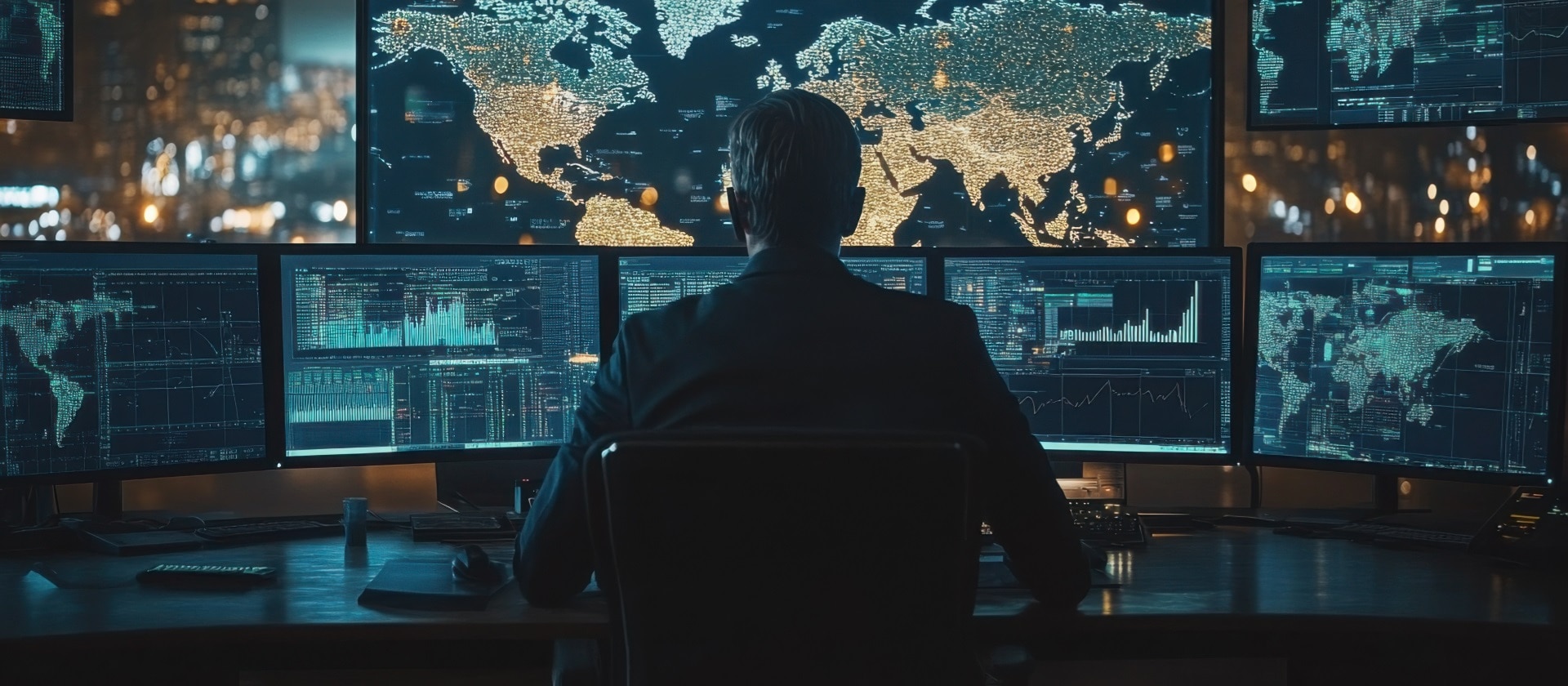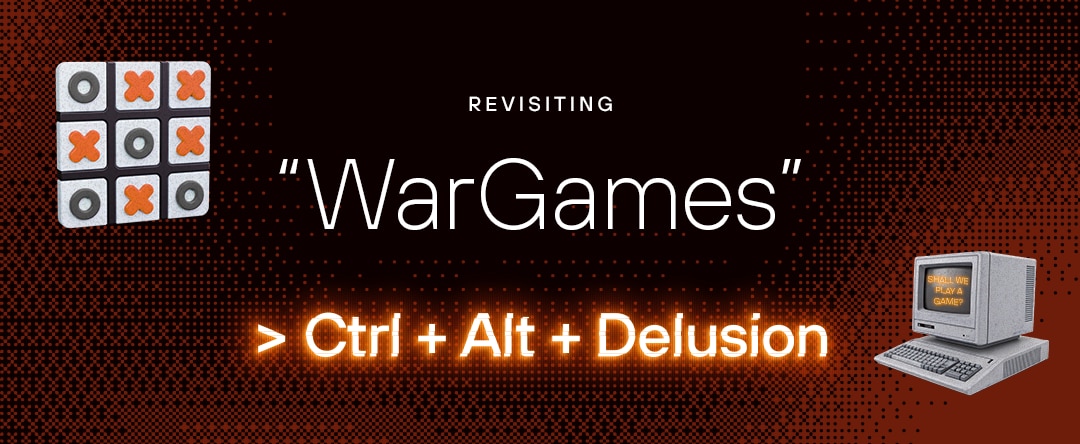We are already in a new kind of global conflict — a cyber cold war — and it’s unlike anything we’ve seen before. Today’s geopolitical tensions aren’t playing out solely through sanctions or soldiers. They’re unfolding invisibly, relentlessly, in the digital shadows. That’s where ransomware, espionage, and AI-powered attacks are being deployed by nation-states to disrupt economies, sabotage infrastructure and destabilize societies. This is about stealing secrets and undermining operational continuity, sowing distrust and reshaping the global balance of power.
This backdrop of geopolitical uncertainty only increases the imperative of doubling down on a modern, cyber-defensive posture. Our adversaries certainly aren’t sitting on their hands — and neither can we.
With cyberthreats representing potentially existential risks to commercial organizations’ and militaries’ ability to conduct their most fundamental operations, both CIOs and CISOs must be directly involved in their organization’s cyberdefenses. That being said, CIOs must also keep in mind that this level of security defense and resilience isn’t primarily an IT function. Rather, they need to focus on geopolitical intelligence and strategic planning, as well as using those tools to marshal support and direction from the rest of the C-suite and board of directors from a business and operational perspective.
The Rules Have Changed
In the original Cold War, the world’s most powerful nations built up arsenals of nuclear weapons and played a careful game of deterrence. In today’s environment, that deterrence has given way to digital aggression. Nation-states are gathering intelligence and working systematically to compromise infrastructure, steal intellectual property and trigger widespread disruption.
The usual players remain: China, Russia, Iran and North Korea. But, the tools of this war aren’t tanks or missiles. They’re malware strains, zero days, deepfakes, credential theft and artificial intelligence. At Palo Alto Networks Unit 42, we’ve investigated incidents where North Korean attackers posed as recruiters to deploy malware disguised as developer tools — and that is just one recent operation among many.
These operations are escalating. Cyber campaigns linked to nation-states are becoming more targeted, more coordinated and more emboldened. Our adversaries are moving beyond espionage toward sabotage.
Today’s Target-Rich Environment
No organization is immune. Government agencies, power plants, financial firms, healthcare systems and tech companies are all in scope. The rise of distributed workforces, cloud migration and IoT has expanded the attack surface exponentially.
Nation-state actors are increasingly partnering with cybercriminal gangs to obscure attribution and share tools. This alliance of capability and deniability makes them harder to detect and disrupt. Even the most mundane endpoint — a smart thermostat, a printer, a contractor’s laptop — could be the first domino to fall in the compromise of a whole network.
These threat actors are as creative as they are determined. The Unit 42 Threat Intelligence unit tracked activity from suspected North Korean cyberattackers posing as recruiters or prospective employers. Their trick? Asking potential “employees” to install malware that seems to be actual development software as part of the hiring process.
What Organizations Can Do in the Age of Geopolitical Risk
The cyber cold war is a real threat, with real implications. As such, it requires real-time and actionable solutions, as well as long-range planning. Complicating this dynamic threat landscape is the rise of a regulatory environment that requires businesses and organizations across all sectors to bolster their cyber resilience and better protect critical data.
Data protection and cybersecurity laws are proliferating throughout the world, led in large part by the European Union’s landmark Global Data Protection Regulation. In addition, the Securities and Exchange Commission’s new cyber disclosure rules require public companies to report breaches faster and more fully. This exerts more pressure on CIOs, CISOs and their teams to respond to rapidly changing regulations and the potential legal consequences of failing to comply with these emerging requirements.
Because this cyber cold war has been forming and transforming for a while, a blueprint of best practices is emerging for organizations’ benefit. Some specific recommendations include:
- Integrate geopolitical risk into business continuity planning. This isn’t optional. If your supply chain, customer data or cloud infrastructure spans borders, you’re likely exposed to these transnational threats and the emerging regulatory efforts to counter those adversarial actors.
- Shift from perimeter security to identity-first, AI-enabled defense. In this new cold war, attackers move fast and hide well. Only AI-powered platforms can respond at machine speed — the way attackers already are.
- Invest in cloud security with global supply chains in mind. Nation-state attackers don’t care where your workloads live. But they will exploit any misconfiguration, gap or delay in detection.
- Operationalize threat intelligence. Your teams need access to insights from groups like Unit 42, and not just the one-off threat report, but the continuous stream of intelligence to better inform your SOC, your infrastructure strategy and your updates to the board.
- Rethink your role. You are both the steward of systems and the strategist responsible for business resilience. That includes preparing for the geopolitical risks that now shape the global business landscape.
The Cold War May Be Digital — But the Consequences Are Real
The battlefield has changed, but the stakes are higher than ever. Full-scale disruption of your operations is no longer a hypothetical. The only question is whether you’ll see it coming and whether you’re prepared to respond.
CIOs who recognize the scale of this shift — and act decisively to modernize their defense posture — will emerge as critical strategic partners in the boardroom. Those who don’t will face security failures and broader risks to your operational readiness and reputation, potentially exposing you to regulatory consequences.
The cyber cold war isn’t looming. It’s here. And now is the time to lead like it.







